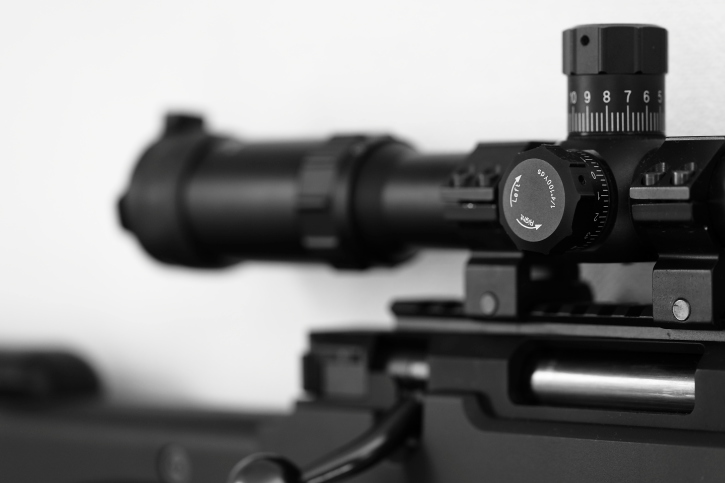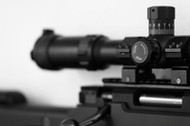Reloading for Long-Distance Shooting
Posted by Gunstop on 6th Mar 2015

There is no feeling quite like hitting your target from a great distance away. Whether it’s ringing a gong at 900 yards, printing a 3-inch group at 400 yards or taking an antelope at 300 yards, long distance shooting is both fun and challenging.
Although there are many high quality options for factory loaded ammunition when it comes to long distance shooting, reloading has many advantages over buying factory rounds. Typically a reloader can make equivalent quality ammo for less money, experiment with many different loadings, and create ammo specifically tuned to his or her individual gun, which will yield the best accuracy possible.
Caliber Selection
The first step to reloading for long distance shooting is to make sure you’ve chosen a caliber that can deliver the performance you need. Decide the maximum distance you wish to shoot and make sure your caliber selection has the ballistic coefficient able to support that shot.
The “ballistic coefficient” of a bullet is a measure of its ability to remain stable in flight, a critical aspect of long range shooting. You should consult the ballistics tables offered by bullet manufacturers to make sure the caliber can reach out to the distance you want.
If you're a hunter, you must also make sure the projectile will still have enough energy to deliver a humane and fatal shot at the distance you wish to shoot. A bullet's energy at the muzzle will differ greatly from the energy it still has after a hundred yards in flight.
Bullet Selection
Selecting the right bullet shape, type, and weight is critical to being able to consistently make long range shots. You will typically be selecting boat-tail shaped bullets for longer range shots. This shape has less drag and will help the bullet stay stable longer and deliver more velocity.
If your long distance application is hunting, also look for plastic, or “ballistic tipped” bullets. These bullets are hollow point rounds designed for hunting, but have the hollow tip of the bullet fitted with a streamlined piece of plastic so the projectile retains the spitzer bullet shape.
Match your bullet weight to the twist rate of your barrel rifling and the manufacturer's recommendations. Typically, a faster twist rate will be able to stabilize heavier bullets. Generally, you want a heavier bullet, which will buck the wind better and deliver more energy to the animal for hunting, but each rifle has a sweet spot so experiment and find yours.
Case and Powder Selection
The case is an especially important component of reloading as it’s the one thing holding everything together. For long range shooting you want to use high-quality reloadable brass. Good brass with constant neck thickness, weight, capacity and metallurgy will help deliver consistent velocities, critical to making repeatable long distance shots. Also make sure to organize and sort spent brass into groups of the same lot numbers. This will help you find which brass is performing best for you.
High-quality powder is also an important factor in consistent long range accuracy. Look for powders that have good temperature stability. Also, testing your loads with a chronograph will help determine if your powder is performing consistently. Fire at least 5 rounds with a chronograph and record the muzzle velocity. You want as little difference as possible between shots, and taking the average number away as a reference point for your ballistic tables.
Remember, developing the optimal load for your rifle may take time, but the rewards are great. With practice and quality components, it’s possible to consistently hit targets at a thousand yards and beyond.

